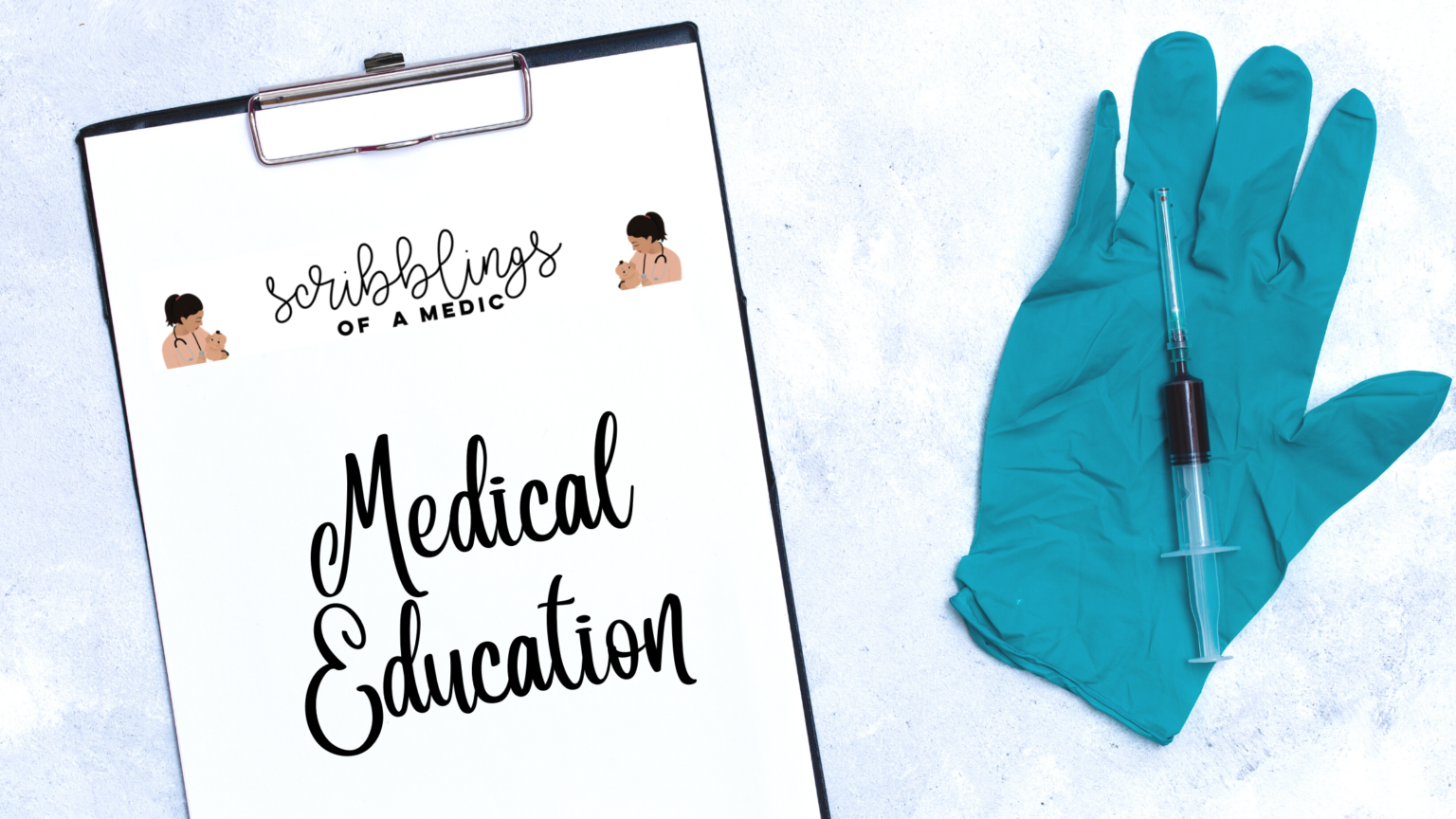Sodium is a very important electrolyte to be monitored and can easily get altered for numerous reasons. The normal sodium level is between 135 and 145 mmol/L. Less than 135 mol/L is classified as hyponatraemia. Mild hyponatraemia is 130 – 134 mmol/L, moderate between 120-129 and severe <120 mmol/L.
Working with so many nephrology patients recently has given me a new found appreciation for our kidneys and all the work it does. I’ve had a number of patients recently with either too high or too low sodium levels (low sodium is more common) so I’ve become very familiar with the appropriate management. The management can be quite tricky and different consultants will have different protocols, but I will list the treatment that I followed under the direction of a consultant nephrologist and also summarise the Clinical Guidelines issued by the Endocrine Society of Sri Lanka, and the management found in the American Family Physician website and the Oxford Handbook of Clinical Medicine.
So what happened?
Whilst doing a night shift on a surgical ward, I was woken up at 2 am by a call from a consultant nephrologist, frantic about one of his patients in the medical ward who had had a seizure. There was a doctor on call in the medical ward, but the consultant wanted me to have a look at the patient as well.
After a quick run up to the medical ward, I immediately attended to the patient only to find that the patient had recovered from the seizure and only had post-ictal drowsiness. The patient had had a generalised tonic clonic seizure lasting approximately 1 minute that spontaneously ceased without the need for any anticonvulsant medication. The patient was a 40 year old lady who had chronic kidney disease, but not on dialysis. She was only managed with 1-alpha calciferol, furosemide and aldactone. She had never had any seizures previously. She had been admitted this time for a fever of 2 days with 2 episodes of vomiting that had settled after admission.
On examination, her temperature, blood pressure, pulse and respiratory rate were all normal. She was well hydrated and oriented, but drowsy – GCS was 15/15. There were no focal neurological deficits and musculoskeletal examination was found to be normal.
What did I do?
Urgent capillary blood sugar was checked and found to be 146 mg/dl. Urgent blood investigations including serum electrolytes, serum creatinine, FBC, CRP and LFTs were sent. The laboratory technician called the ward urgently to inform us that the sodium level was 116 mmol/l whilst the S. Creatinine was 4.3, K+ 4.5 and Cl- 99. FBC, CRP and LFTs were all within the normal range. Lipid profile, thyroid function tests, Urine for sodium, serum osmolality and urine osmolality were also sent. Urinary sodium was found to be 44 mmol/l, whilst serum osmolality was marginally low and urine osmolality was normal. Lipid profile and thyroid function tests were also found to be normal.
Management
After informing the consultant, the sodium levels were corrected by giving 3% hypertonic saline 25ml every hour for 2 hours and by adding oral salt 1 capsule three times a day. Her diuretic doses were reduced and free water was restricted (this particular consultant did not believe in free fluid restriction, but in only pure water restriction). Usually all intake must be restricted (500ml below the 24 hour urine output). Input/Output and the daily weight of the patient should be monitored. It is important to go through a patient’s drug history as many drugs including omeprazole, diuretics (in this case, we have to balance it with the need to prevent fluid overload), ACEi/ARBs and anti-epileptics.
Sodium levels must only be corrected by 10-12 mmol/l in 24 hours or 18mmol/l over 48 hours in order to prevent central pontine myelinolysis. Serum electrolytes were monitored 6 hours after and were found to have increased to 121 mmol/l. Further 3% hypertonic saline of 25 ml was administered every hour for 2 hours and the sodium value 6 hours later was found to have increased to 126 mmol/l. Vasopressor receptor antagonists (Tolvaptan) was also added to increase water excretion without excretion of sodium. Serum electrolytes were continuously monitored whilst in hospital twice a day.
The patient had no further seizures and the patient was kept in hospital till the sodium level reached within normal range. She was then discharged on her regular medication and was followed up with repeat serum electrolytes.
Discussion
In any patient with seizures, it is important to first ensure that low blood sugar is excluded and hence a random blood sugar should always be checked immediately. There are many reasons why there can be false readings of hyponatraemia including high blood sugar/high serum lipids and don’t forget accidentally taking the sample from an IV line which may generate a sample of diluted blood (hence low sodium levels).
Symptoms of hyponatraemia include confusion, drowsiness, headache, irritability and finally seizures. There are numerous causes of hyponatraemia as listed below, but it is important to determine the serum/urine osmolality and the volume status of the patient in order to find the underlying pathology.

Source: American Family Physician “Diagnosis and management of sodium disorders: Hyponatraemia & Hyponatraemia” 2015
The cause in this patient was determined to be due to renal failure. Other possible clinical causes of hyponatraemia include SIADH, sub arachnoid haemorrhages, cardiac/liver failure. Hypertonic saline was only given as this patient had severe hyponatraemia with neurological signs. The rate of 3% saline is calculated by multiplying the weight of the patient by the desired correction rate and given as ml/hr. Target correction according to the Sri Lankan guideline is 1.5-2 mmol/L per hour for 3-4 hours (e.g. – taken from the Endocrinology society of Sri Lanka – in a 70 kg patient in whom the desired correction rate is 0.5 mmol/hour, the rate of infusion would be (70 × 0.5) 35 ml/hour).
Conclusion
It is important to note that hyponatraemia/hypernatraemia always requests further investigations for an underlying cause. I also now realise that different consultants have different management protocols, and so the amount of hypertonic saline administered will vary.
It is interesting how I used to be petrified to administer hypertonic saline as I would hear horror stories of the possibility of central pontine myelinolysis occurring if the sodium levels are corrected too rapidly (there is demyelination of the pons and tracts resulting in spastic quadriparesis and dysphasia). There is an increase risk of central pontine demyelination if there is also hypokalaemia, aggressive fluid corrections and liver disease. 3% saline has become a common drug that I administer on a weekly basis due to the vast amount of kidney patients and have now become well familiar with it.
Hyponatraemia can still be very confusing to differentiate and I myself like to refer back to the flow diagram above, but it is a very common reason for admission and a common finding in patients inward. I hope this little synopsis has helped make hyponatraemia a little easier to understand, but if you have any tips/tricks to make it less confusing, do comment below!





